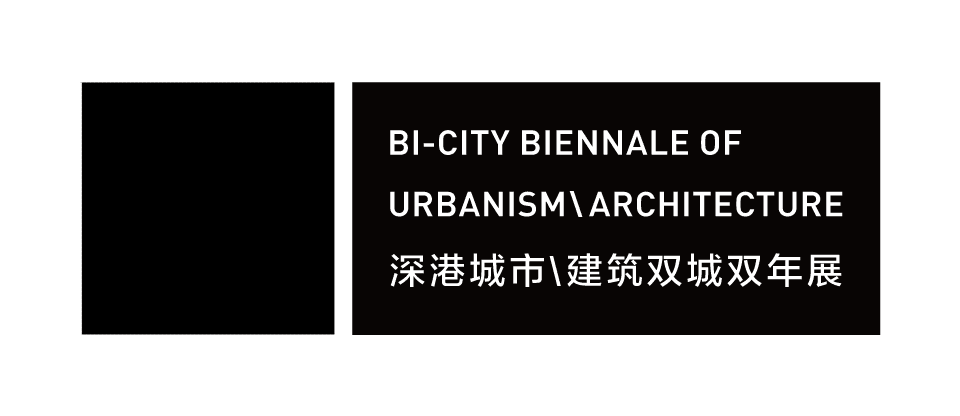

2007 (2nd) Bi-City Biennale of Urbanism\Architecture (Shenzhen)

Urban Regeneration By Ma Qingyun
In the 20,000-year history of urban life, modern cities have only been with us for 3,000 years. Faced with the long and diverse history of habitation, we should question: why does the contemporary urban process only retain the latest urban models and lifestyles? This suggests that the inextricable link between urban preservation and ecological development may be the legacy of our era for future generations.
There are two perspectives on cities: one is that cities are organisms that accumulate with the desires of their inhabitants; the other is that cities are established based on predefined goals and functions. Both views have their merits, but also fundamental flaws. Cities possess characteristics of retroactivity, reactivity, and timeliness, transcending the desires of planners and citizens, much like organic life forms that go through life cycles of growth, maturity, and termination.
On the other hand, the planning school believes that cities have their capacity and energy limits, attempting to set scales for urban growth. However, the knowledge and means to predict the future are often unreliable, even self-deceptive. The root of these issues lies in our tendency to view cities as eternal entities, unwilling to acknowledge that cities also grow, change, and even deteriorate. The Biennale raises questions about the urban life cycle, functional degradation, and inefficiency, exploring how to face and build future cities. Shenzhen is an ideal venue, with its rapid development providing experimental qualities and generating a significant amount of domestic wealth annually. Shenzhen also seeks social creativity and the quality of life for its citizens, embodying the perfect platform for discussions on future cities.
The future city encompasses the theory of City Obsolescence and Urban Regeneration (COER). COER is an organism with a life cycle, starting from a spiritually fulfilled city, gradually filling with social content, leaving space for new things, and wisely disappearing after fulfilling its mission.
The curatorial feature of this Biennale is that the curatorial concept is as important as the exhibition content, mobilizing experts and researchers worldwide to contemplate urban regeneration. For the first time, there are more curators than exhibitors, making the Biennale not just a showcase of works but also an extraction and exploration of new ideas. The concept of "Curator Commissioned Research Topics" is proposed, achieving interactive collaboration through different media. The goal of the Biennale is to focus the consciousness of city dwellers and global citizens on the significance of cities and to cherish urban prospects, specifically achieving this through various media.